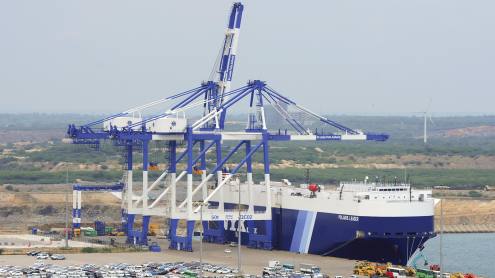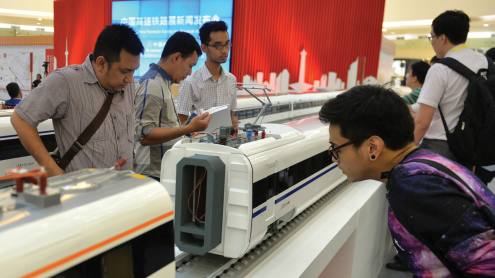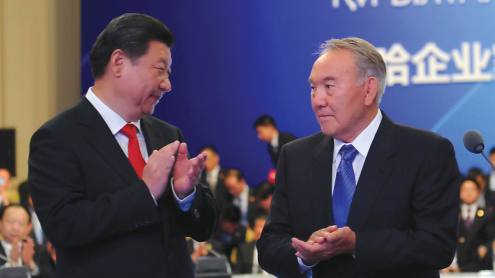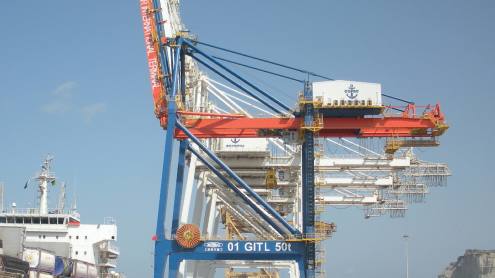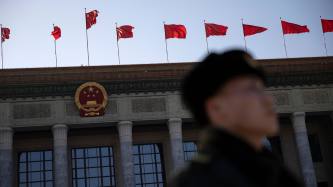China’s Belt and Road Initiative (BRI) is well under way in land-locked Laos, where construction of 414 kilometres of train track linking the China-Laos border to the Lao capital of Vientiane kicked off in December 2016 and is scheduled for completion in December 2021.
With 60% of the track comprising bridges and tunnels passing through Laos’ mountainous, river-rich northern terrain, speed on the single-track route will reach a maximum of only 160 kilometres per hour (kmph), deemed medium speed in today’s high-speed context, where trains can reach 250kmph to 300kmph. The project was slow in starting, requiring a 17-year gestation period that makes it much older than the Belt and Road concept.



